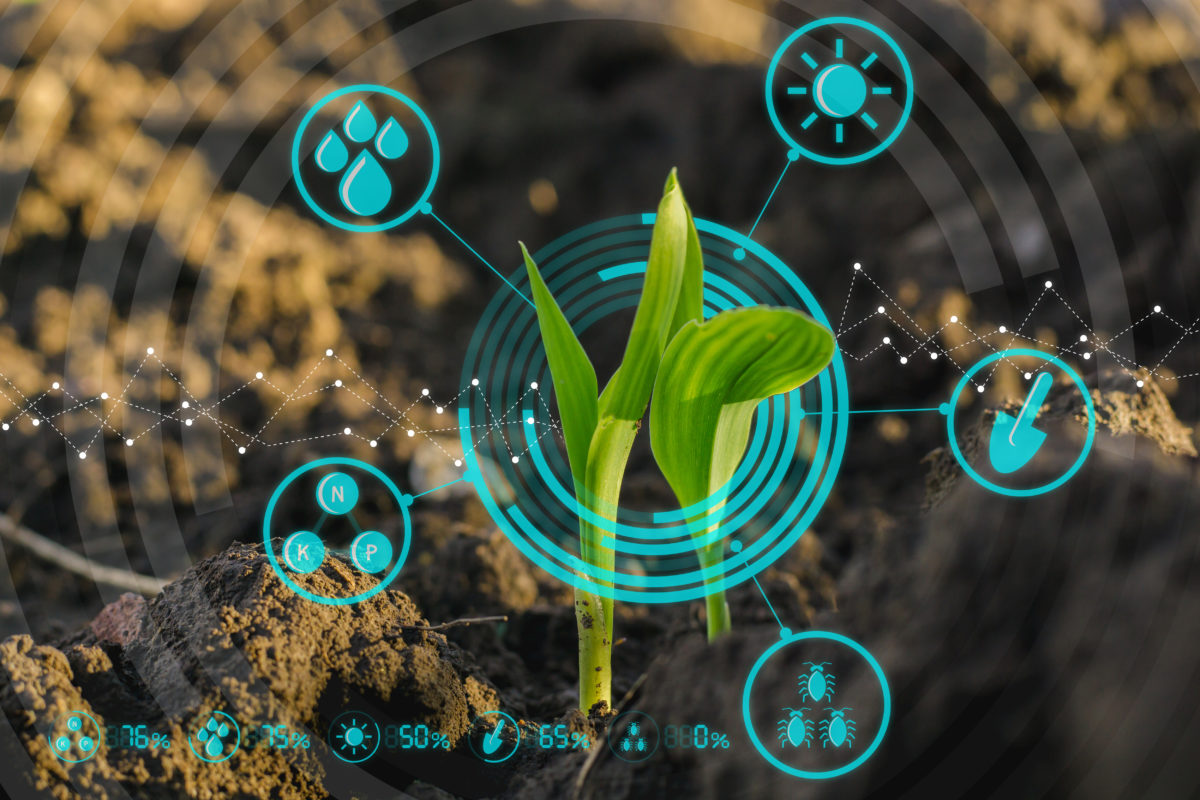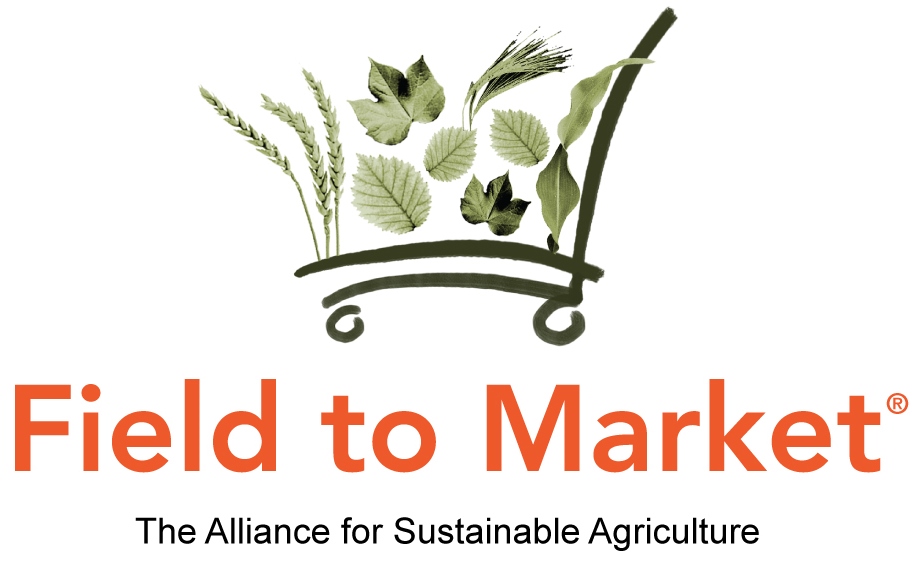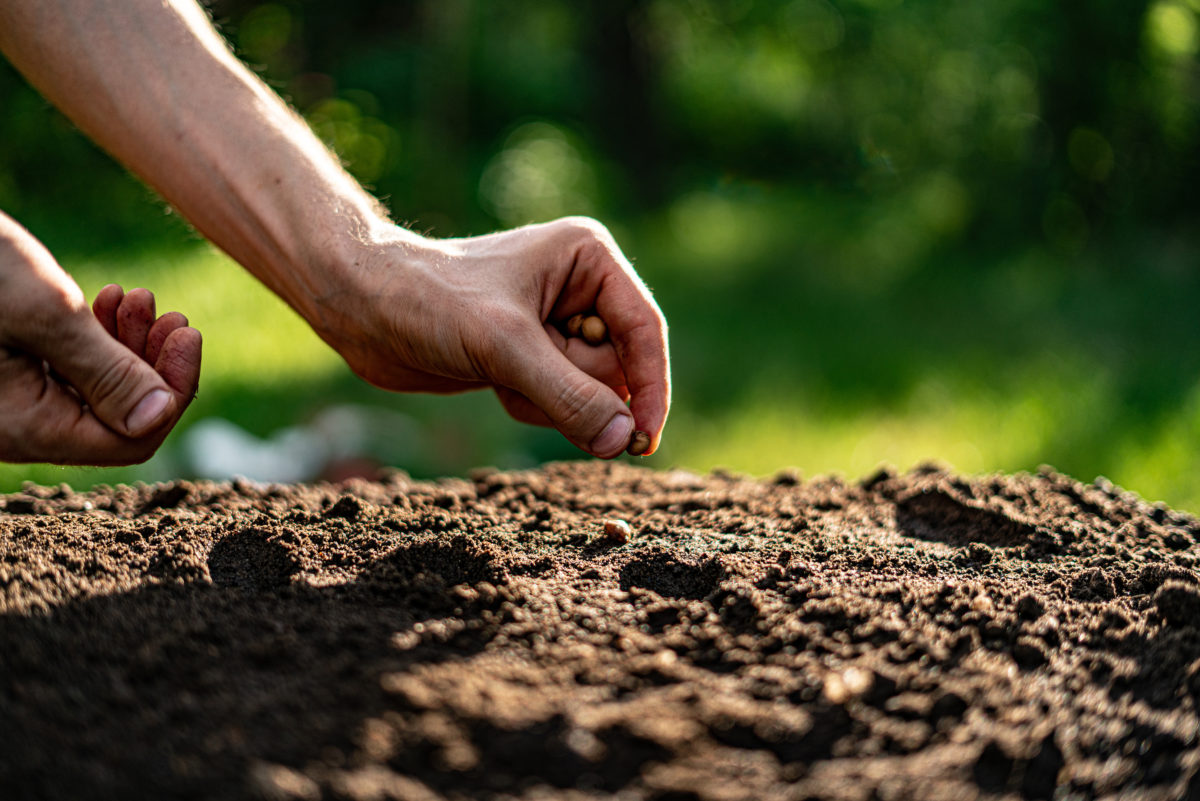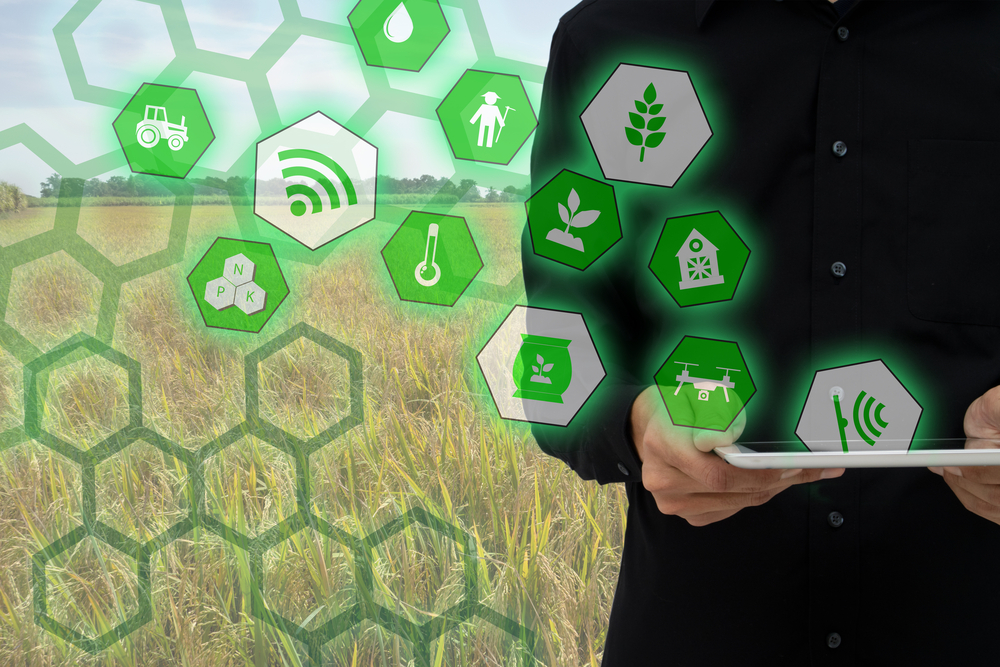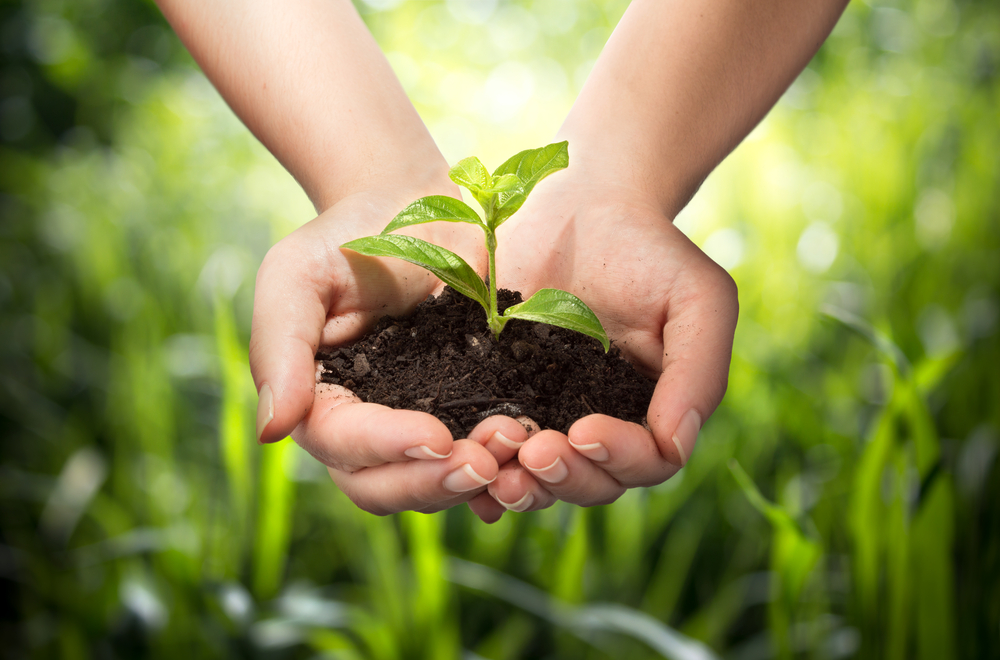Increased sustainability will drive commodity production in the coming decades, spurred by increasing environmental consciousness among consumers.
From crops to clothes, agricultural products are not exempt from increasing preferences for sustainable brands, starting with a desire by the public to know where products are sourced. Purchasing habits are likely to continue to shift in favor of retailers and suppliers who give a greater account of the contributions they are making toward a cleaner and safer planet.
There are clear moral and economic interests for these stories of sustainability to be told. But like every compelling story, the ag industry must not only tell, but also show by accelerating its shift toward data-driven practices and decisions. Harnessing data requires it to be more readily available, accessible and easy-to-use for producers, distributors and the public alike.

